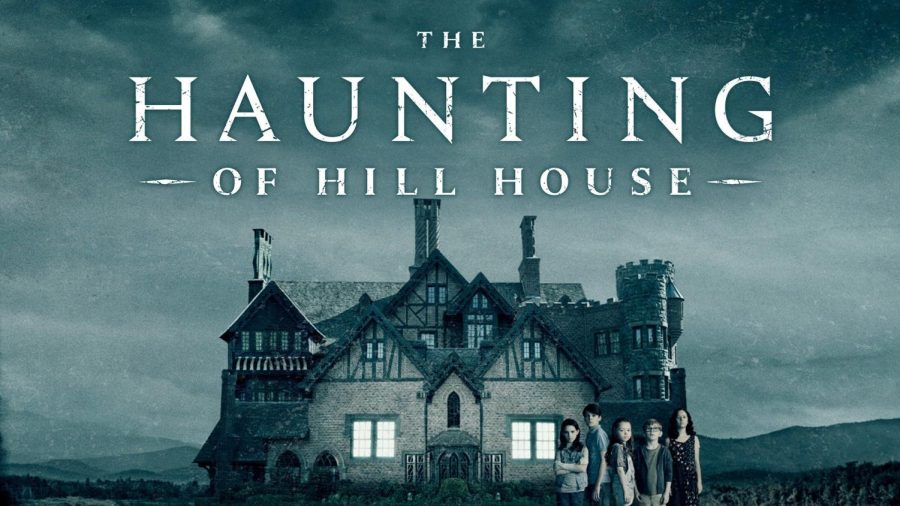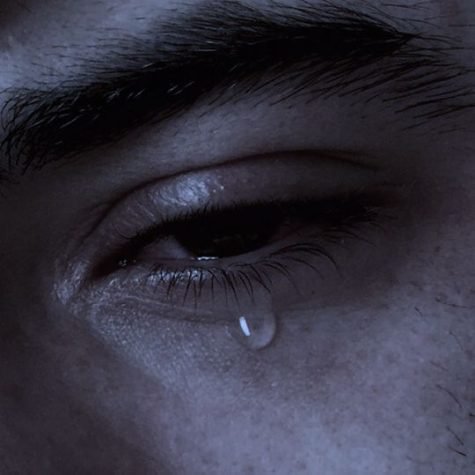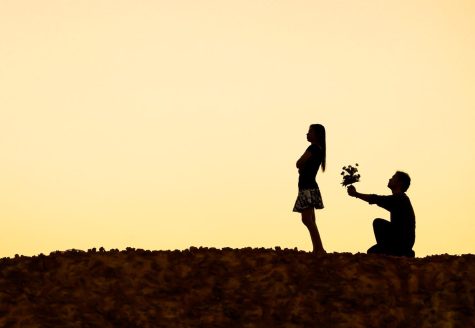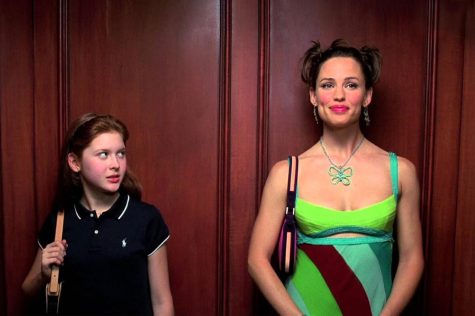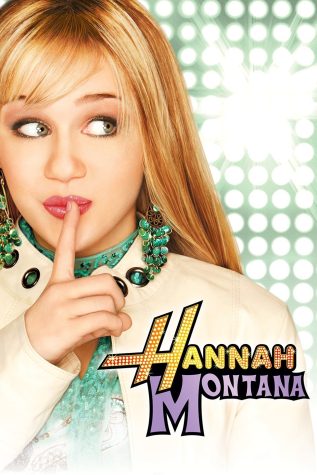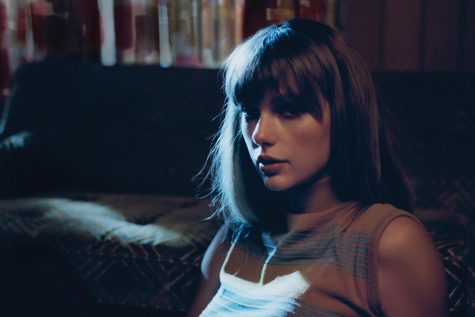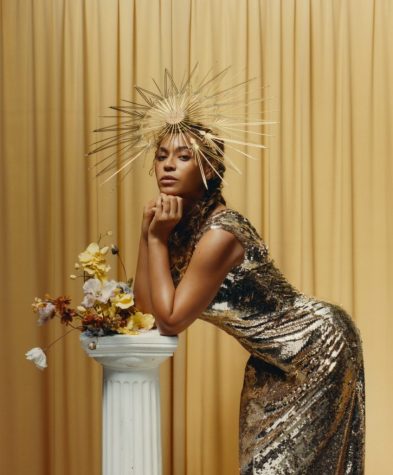The Haunting of Hill House — A Modern Masterpiece
This year, Halloween would have been a drag had I not chosen to rewatch what I’ve now decided is one of the greatest shows ever created:
The Haunting of Hill House.
Originally a book written in 1959 by Shirley Jackson, Netflix’s The Haunting of Hill House is a modernized adaptation of the classic horror novel.
Firstly, I need to point out that this show reintroduced me to Jackson, who I realized I had known from my sixth-grade reading of her short story, The Lottery, -which is a story that has haunted me to this day.
Jackson was clearly a talented writer, and she now owns the number two spot on my list of best opening sentences in a book. The number one undoubtedly belongs to H.P. Lovecraft, however, that’s a conversation for any day.
This opening sets the dark and dreadful tone that makes this classic, and its television adaptation, such a masterpiece.
“No live organism can continue for long to exist sanely under conditions of absolute reality; even larks and katydids are supposed, by some, to dream. Hill House, not sane, stood by itself against its hills, holding darkness within; it had stood for eighty years and might stand for eighty more. Within, walls continued upright, bricks met neatly, floors were firm, and doors were sensibly shut; silence lay steadily against the wood and stone of Hill House, and whatever walked there, walked alone.”
This opening was also used in the show and does an incredible job of setting the tone for the series.
The Netflix adaptation of The Haunting of Hill House is a phenomenal story about pain and grief, told skillfully over the course of roughly ten hours. The story is told through collages of past and present. From the very moment the Crain family stepped into Hill House with intentions of flipping the house during the summer to the very end where we finally see what truly happened that summer.
Director and writer Mike Flanagan noted that each Crain sibling is supposed to represent the five stages of grief: denial, anger, bargaining, depression, and acceptance. Each character has their own dedicated episode that focuses on their perspective. With this structure of storytelling, the reveals of certain actions done and the reasoning behind them are stunning.
Sometimes a character does something that makes you want to scream at the TV, but unfortunately, that’s human. People deal with trauma in different ways and yes, sometimes their actions are stupid and frustrating but that’s how they’re choosing to heal.
The story is more than ghosts in an old house haunting a family. It’s difficult to tell by the end whether or not this family was going to be sane had they not encountered Hill House. It’s clear since childhood, all members were exceptional. What we do know is that the events at Hill House affected their development and from the very moment they entered they were tied to the house.
The show presents this many times. Their fate was set the second they stepped foot on the property.
Time is not linear in Hill House.
This is exemplified in the shocking, and tear-jerking reveal in episode five when we find out the ghost, nicknamed the Bent Neck Lady, that has been haunting Nell since the first night she slept in that house has actually been herself the entire time. It’s actually quite hard to understand.
Her own ghost has been haunting her for her entire life.
The dedication to craft shown by the filmmakers in the show almost made me second guess my major. The 17-minute one-take shot in episode six was phenomenal and succeeded in every possible way at making me feel uneasy and nervous.
This show haunts me. And not because of the perfectly timed jumpscares or cleverly added ghosts in the background.
My heart hurts for the Crain siblings.
Every time I’m in the dark with nothing but my thoughts to comfort me, I remember little Luke telling Nell, “…count out loud. That keeps you safe.” I remember Theo’s scream as she touches her dead sister and later comments that she feels nothing. I remember the model Hill House flashing its porch lights twice in the funeral home.
These are all moments that may seem absolute but in the context of the show, send a chill down the back in a hot room. The House, and the show, focused on their weaknesses and capitalized on them.
Mike Flanagan, and screenwriter Jeff Howard, did an excellent job at connecting fear with trauma. This may seem like an obvious duo but what horror project truly spends time on the aftermath of a traumatic event?
Horror is wasted if it’s not tugging on your heartstrings.
I hate to separate the horror genre. These days there is a divide on what’s seen as “elevated horror” versus plain “horror.” I don’t like the term simply because it implies that some ideas are above others.
In reality, anything can be “elevated” if you actually care enough to put effort into creating something good. The Haunting of Hill House easily proves this. This could’ve been another throwaway story about a haunted house and an impressionable family.
It’s not.
It’s a heart-wrenching story filled with trauma, longing, anxiety and fear. Most stories have this but what makes Hill House exceptional is its ability to make me empathize.
This genre succeeds when it makes you empathic with its subjects. Horror is wasted if it doesn’t touch on human emotion.
The Haunting of Hill House is available on Netflix, and I highly suggest you watch it.

Diannah Plaisir is currently a senior at Mercy College, pursuing a degree in Media/Communications. Having decided that she was going to be a journalist...



